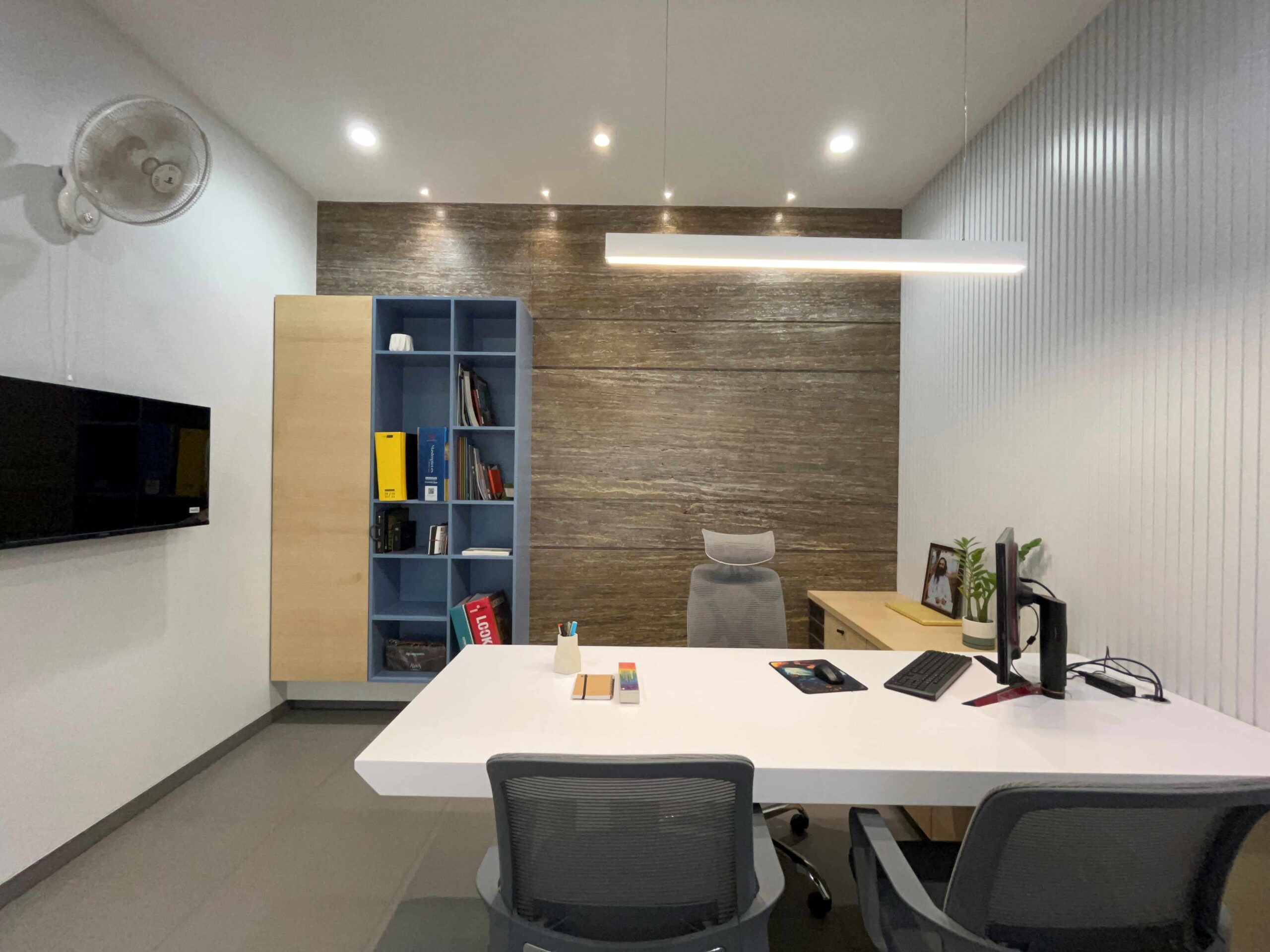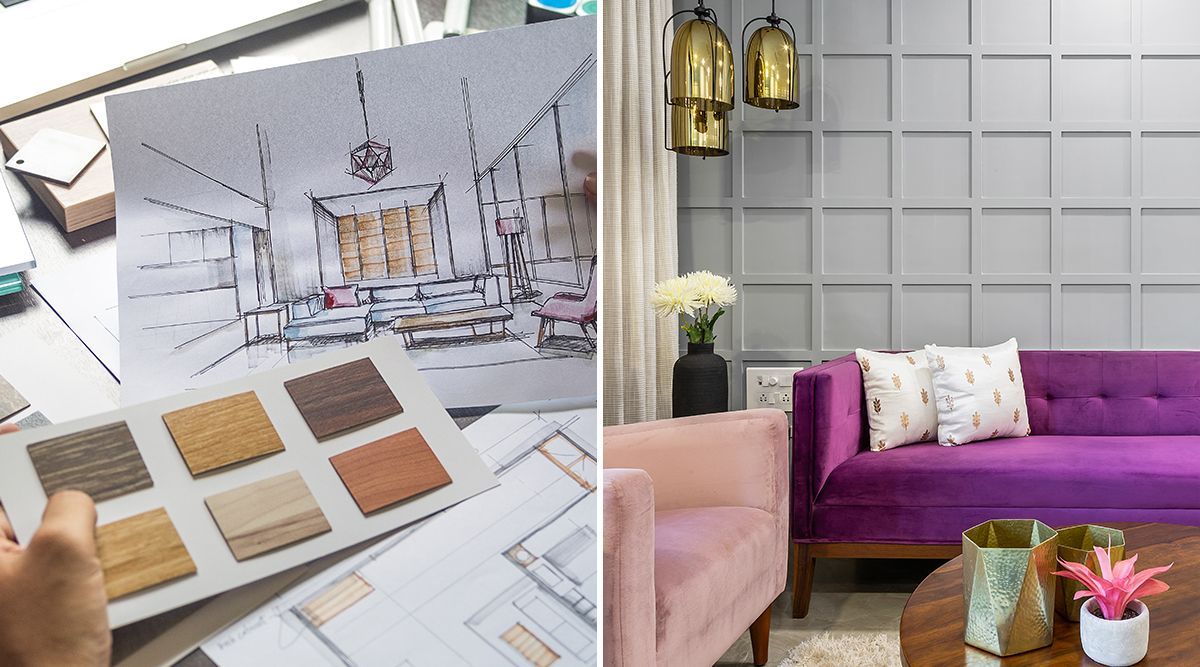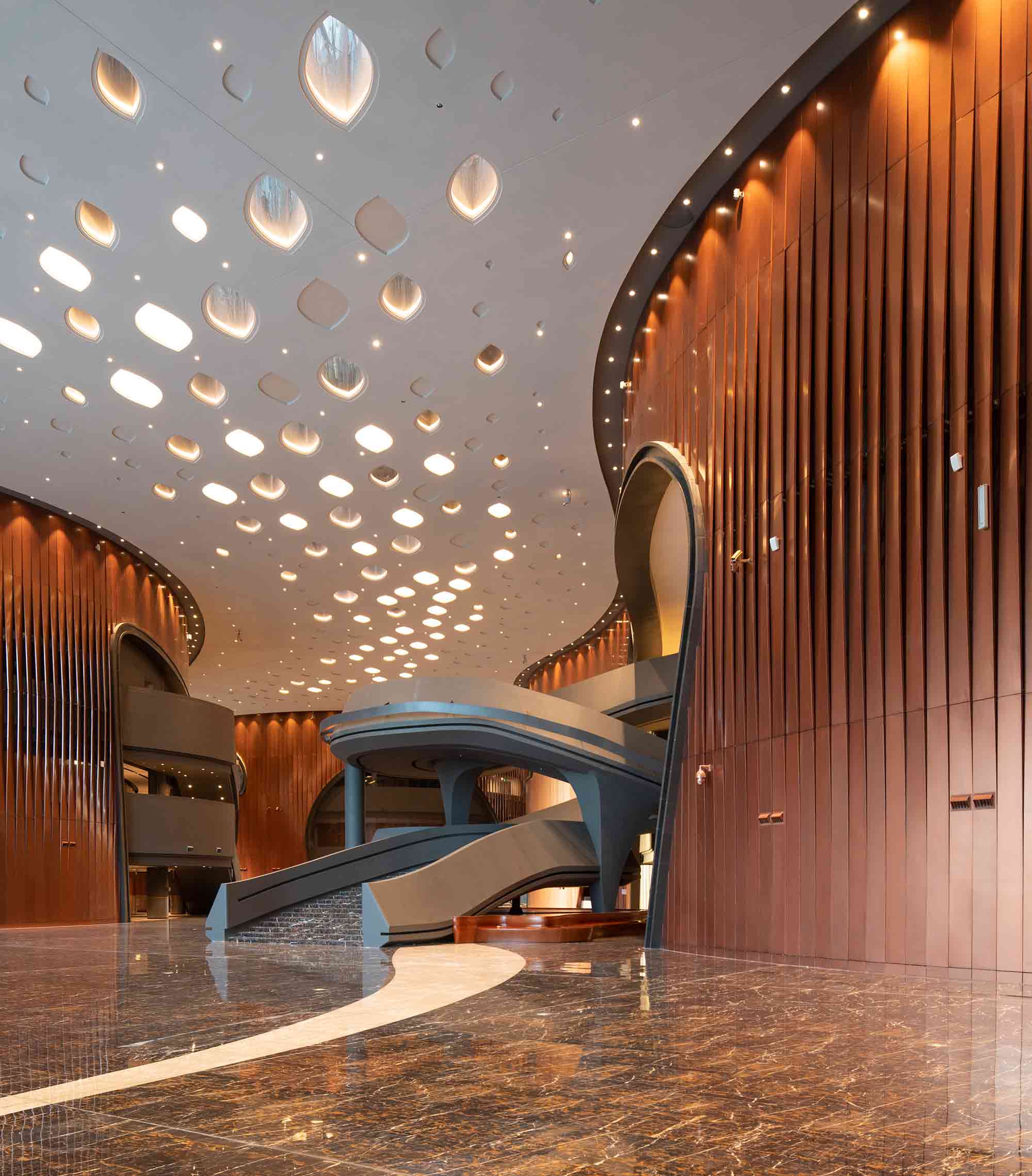Stylish Countryside Homes Interior Design for Rural Retreats
Stylish Countryside Homes Interior Design for Rural Retreats
Blog Article
The Art of Balance: Just How Interior Design and Home Designer Collaborate for Stunning Outcomes
In the world of home design, striking an equilibrium in between aesthetic appeals and capability is no small accomplishment. This fragile stability is achieved with the unified cooperation in between interior designers and designers, each bringing their special proficiency to the table. The result? Areas that are not just aesthetically stunning but likewise exceptionally habitable. Nonetheless, this perfect blend is not always simple to acquire. Stick with us as we check out the ins and outs of this joint procedure and its transformative influence on home style.
Recognizing the Core Distinctions Between Interior Decoration and Home Style
While both Interior Design and home design play vital roles in creating cosmetically pleasing and practical areas, they are naturally various self-controls. Home architecture primarily concentrates on the structural aspects of the home, such as constructing codes, safety and security guidelines, and the physical building of the space. It manages the 'bones' of the structure, working with spatial measurements, load-bearing walls, and roof layouts. On the other hand, Interior Design is a lot more concerned with enhancing the sensory and visual experience within that structure. It includes picking and arranging furnishings, choosing color design, and incorporating decorative aspects. While they work in tandem, their duties, obligations, and areas of proficiency deviate dramatically in the development of a harmonious home environment.
The Harmony Between Home Design and Inside Design
The synergy between home architecture and Interior Design hinges on a common vision of style and the enhancement of useful appearances. When these two fields line up sympathetically, they can change a living space from normal to extraordinary. This partnership needs a much deeper understanding of each technique's principles and the ability to create a cohesive, visually pleasing setting.
Unifying Layout Vision
Merging the vision for home design and interior style can create a harmonious living area that is both practical and cosmetically pleasing. It promotes a synergistic method where building elements enhance interior design components and vice versa. Thus, unifying the design vision is essential in blending style and interior design for magnificent outcomes.
Enhancing Practical Looks
Just how does the synergy in between home architecture and Interior Design enhance useful visual appeals? This synergy allows the development of rooms that are not only aesthetically appealing however additionally easily useful. Designers prepared with their structural layout, guaranteeing that the room is efficient and useful. The indoor developer then matches this with meticulously chosen aspects that boost the aesthetic appeals without endangering the functionality. This unified collaboration can lead to homes that are both attractive and liveable. An architect might create a residence with large windows and high ceilings. The interior designer can then highlight these functions with large drapes and high plants, specifically, hence boosting the visual appeal while maintaining the practical benefits of natural light and spaciousness.
Relevance of Partnership in Creating Balanced Spaces
The partnership between indoor designers and architects is crucial in producing balanced rooms. It brings consistency between layout and design, providing birth to spaces that are not just visually pleasing however additionally useful. Checking out effective collective approaches can give insights into exactly how this harmony can be effectively achieved.
Harmonizing Design and Style
Balance, a crucial facet of both Interior Design and architecture, can just really be achieved when these 2 fields operate in harmony. This consistency is not merely a visual factor to consider; it impacts the functionality, toughness, and ultimately, the livability of an area. Inside designers and designers need to understand each other's duties, value their experience, and communicate properly. They must think about the interaction of architectural elements with decoration, the browse this site circulation of rooms, and the effect of light and shade. This collaborative process leads to a natural, well balanced layout where every element has a function and contributes to the total aesthetic. For that reason, balancing style and style is not nearly creating gorgeous areas, however concerning crafting rooms that function flawlessly for their inhabitants.
Effective Joint Approaches

Situation Studies: Successful Assimilation of Style and Architecture
Analyzing several situation research studies, it becomes apparent exactly how the successful integration of interior design and architecture can transform an area. Architect Philip Johnson and indoor developer Mies van der Rohe collaborated to develop an unified balance in between the structure and the interior, resulting in a smooth flow from the outside landscape to the inner living quarters. These situation research studies underline the profound influence of an effective style and design cooperation.

Conquering Difficulties in Layout and Design Collaboration
Regardless of the undeniable benefits of a successful partnership in between indoor layout and architecture, it is not without its difficulties. Architects might prioritize structural honesty and safety and security, while designers concentrate on comfort and style. Efficient interaction, Continued mutual understanding, and concession are crucial to overcome these obstacles and accomplish a successful and harmonious cooperation.

Future Patterns: The Progressing Connection In Between Home Architects and Interior Designers
As the world of home design proceeds to evolve, so does the partnership in between designers and interior developers. Conversely, interior designers are welcoming technical facets, influencing overall design and functionality. The future promises a much more cohesive, cutting-edge, and adaptive technique to home style, as architects and designers continue to blur the lines, fostering a connection that genuinely symbolizes the art of balance.
Conclusion
The art of equilibrium in home design is attained via the unified cooperation in between interior designers and engineers. An understanding of each other's self-controls, reliable interaction, and shared vision are crucial in producing visually spectacular, practical, and welcoming rooms. Despite Related Site difficulties, this partnership fosters growth and innovation in design. As the partnership in between home engineers and interior designers advances, it will proceed to shape future fads, enhancing convenience, efficiency, and individual expression in our home.
While both interior layout and home design play crucial roles in developing aesthetically pleasing and useful areas, they are naturally different disciplines.The harmony between home architecture and indoor design lies in a common vision of design and the improvement of useful aesthetics.Linking the vision for home architecture and interior design can develop an unified living space that is both functional and aesthetically pleasing. Thus, unifying the design vision is vital in mixing design and interior style for magnificent outcomes.
How does the synergy in between home design and interior design improve practical visual appeals? (Winchester architect)
Report this page